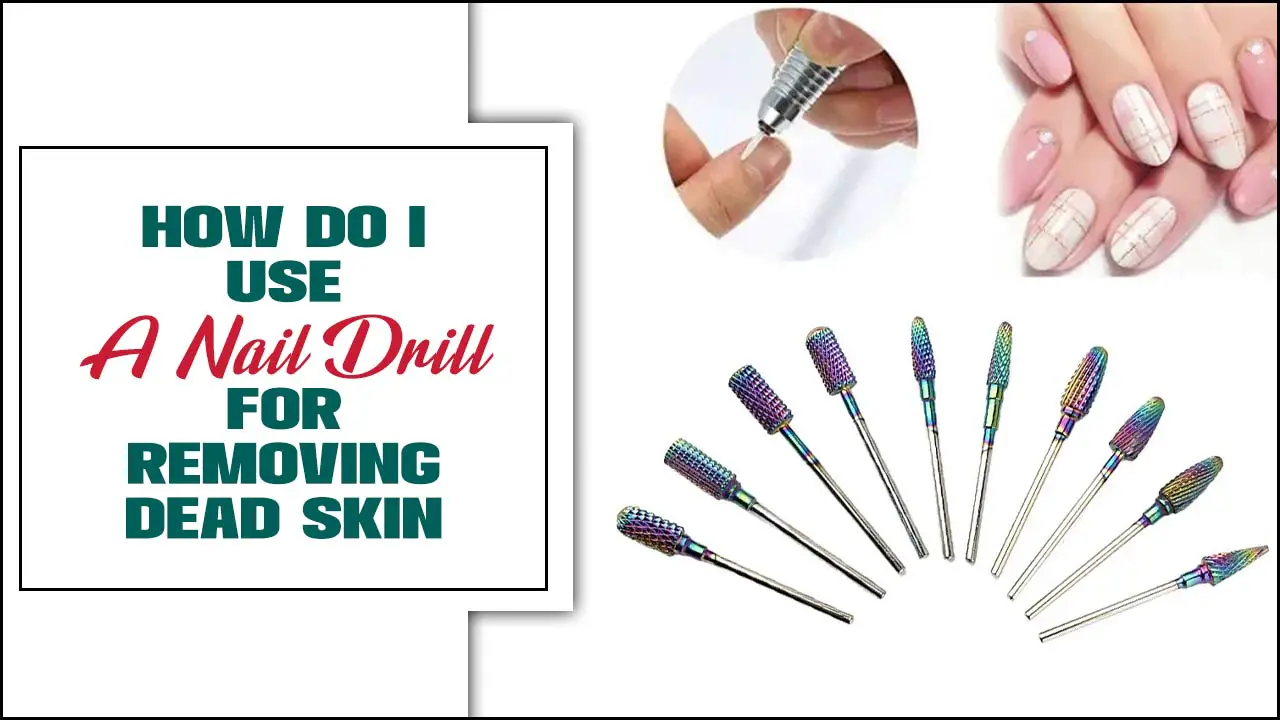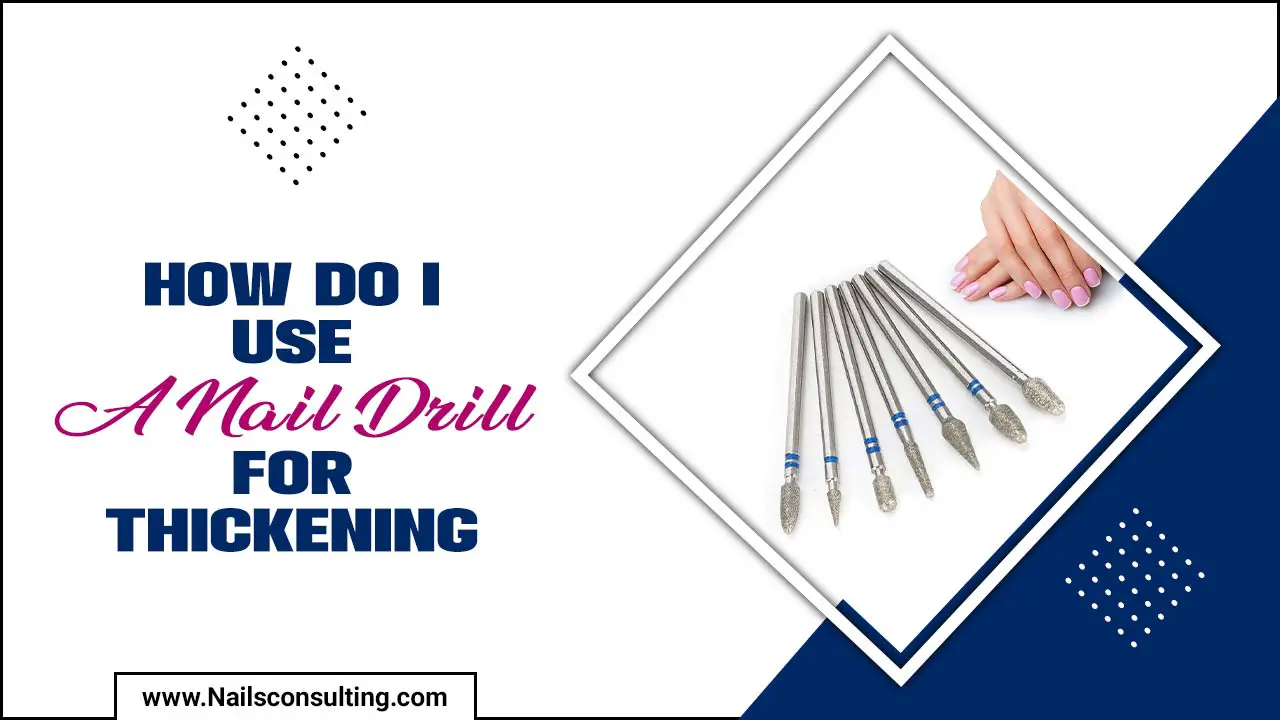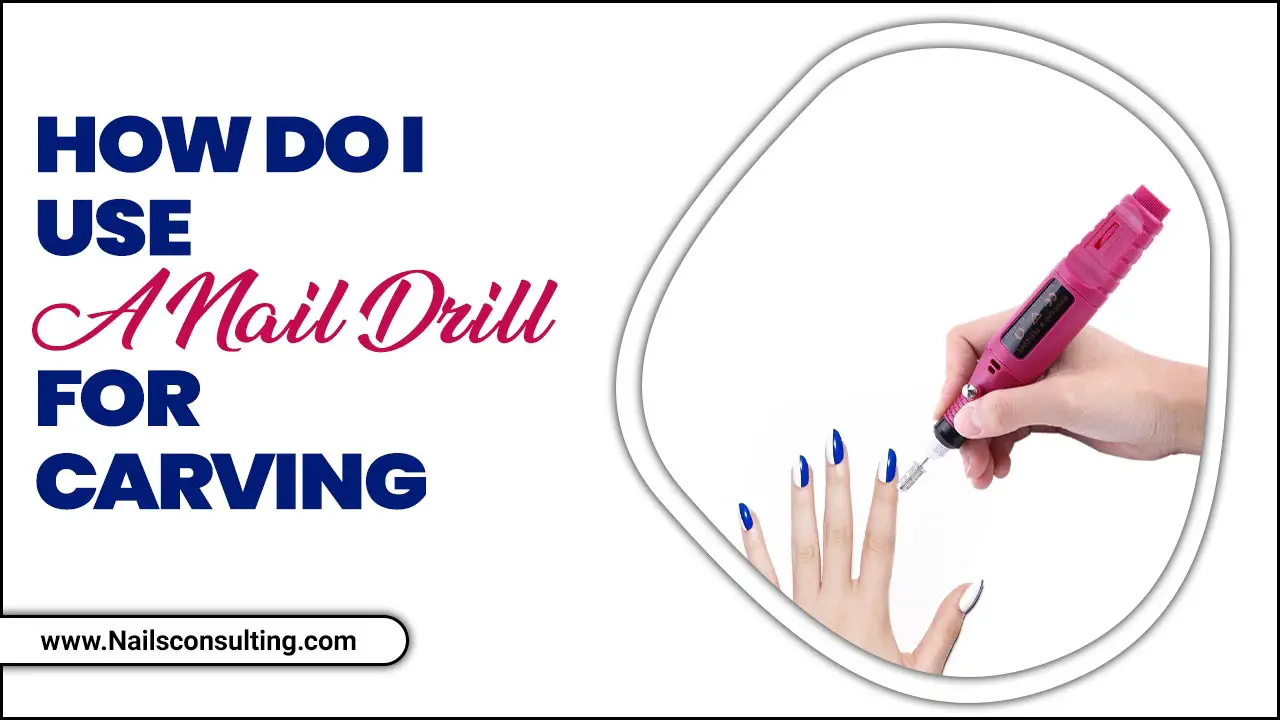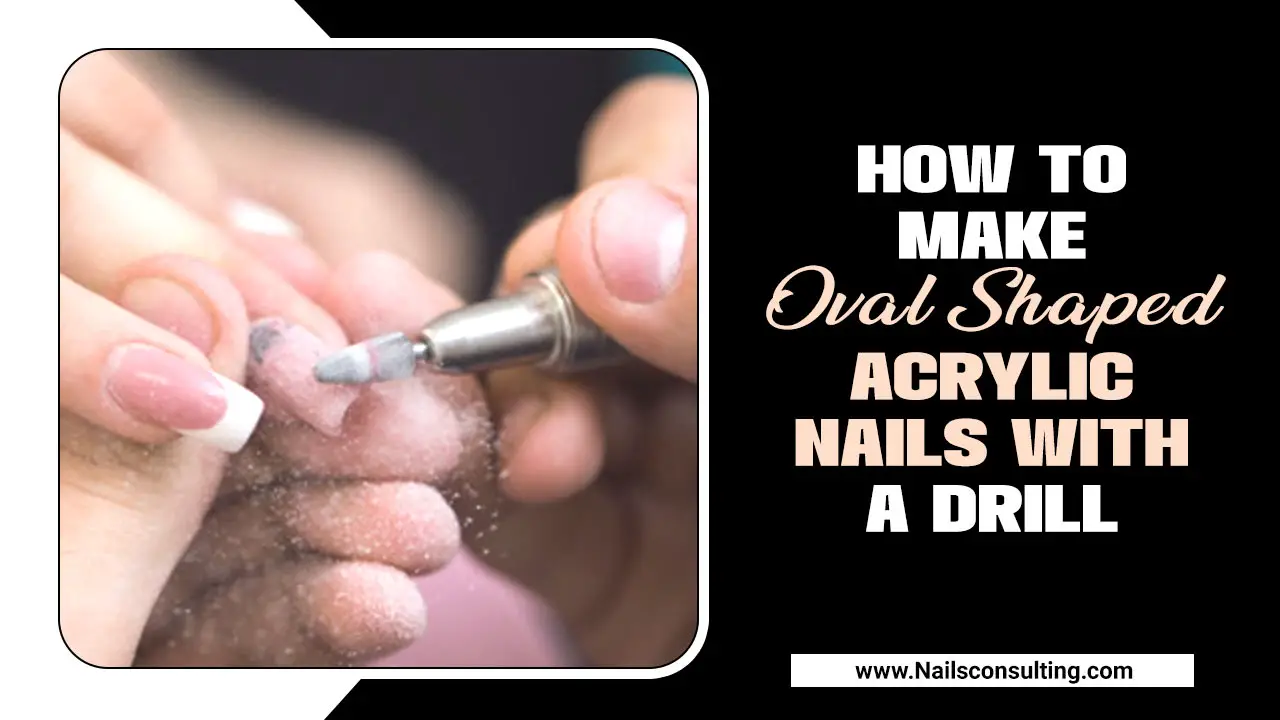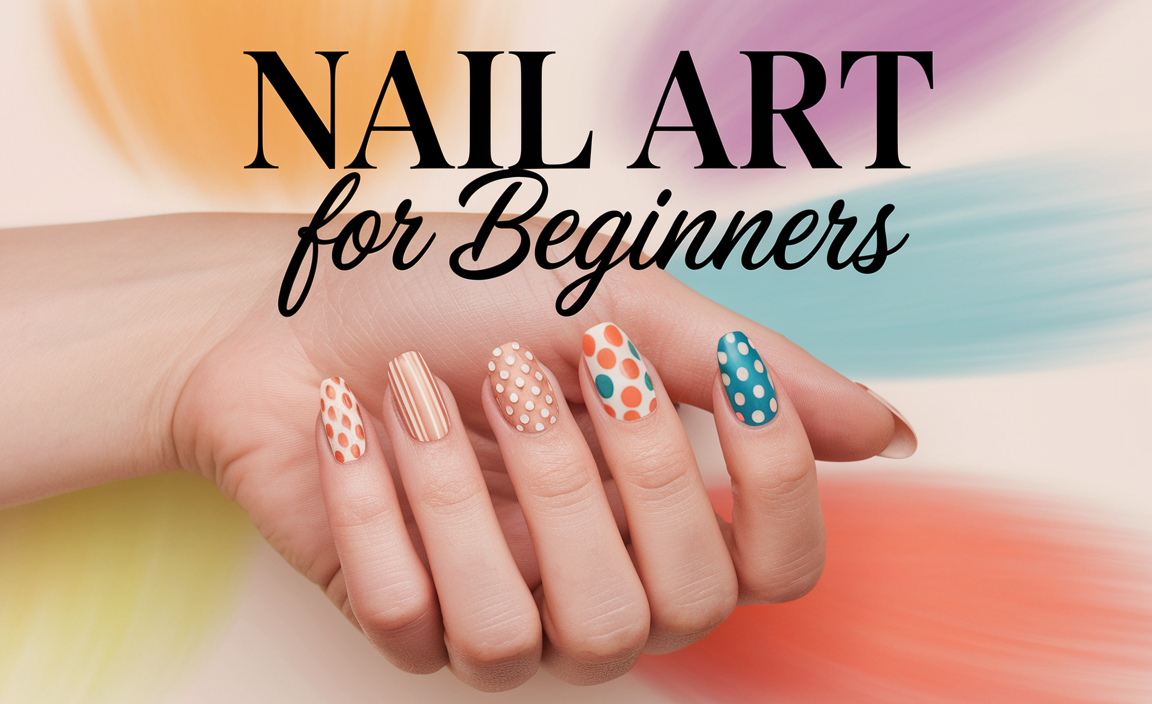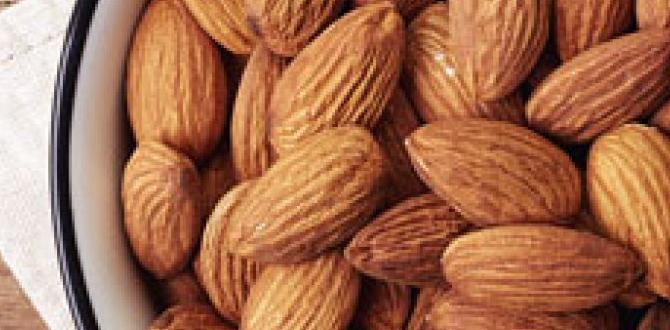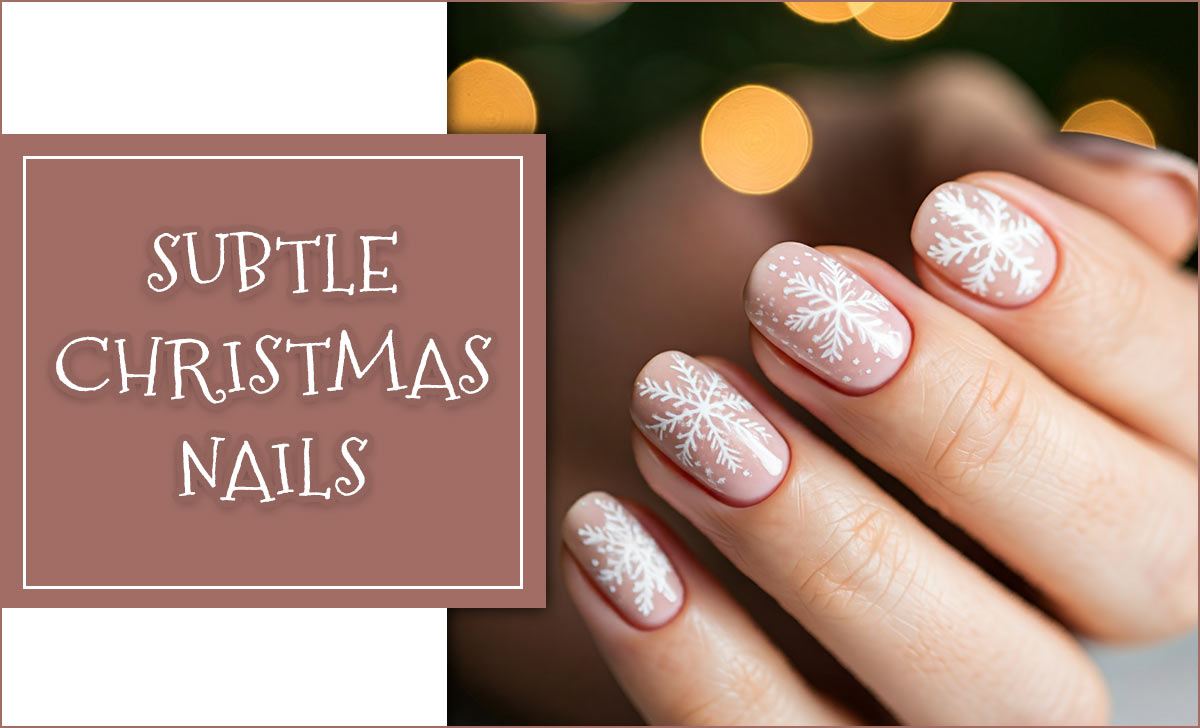Natural nails have long been a symbol of beauty and elegance, with women and men opting for a simpler, more organic look regarding their nail care routine.
However, with the rise of nail art and intricate designs, many individuals are turning to nail drills to achieve professional-looking results at home. But with this increased popularity comes the question – can you use a nail drill on natural nails?
We will delve deeper into the world of nail drills and explore the potential risks and benefits of using them on natural nails. Whether you’re a professional nail technician or a DIY nail enthusiast, the information presented in this article will help you make an informed decision on whether or not a nail drill is appropriate for use on natural nails. So let’s dive in and explore the world of nail drills and natural nails.
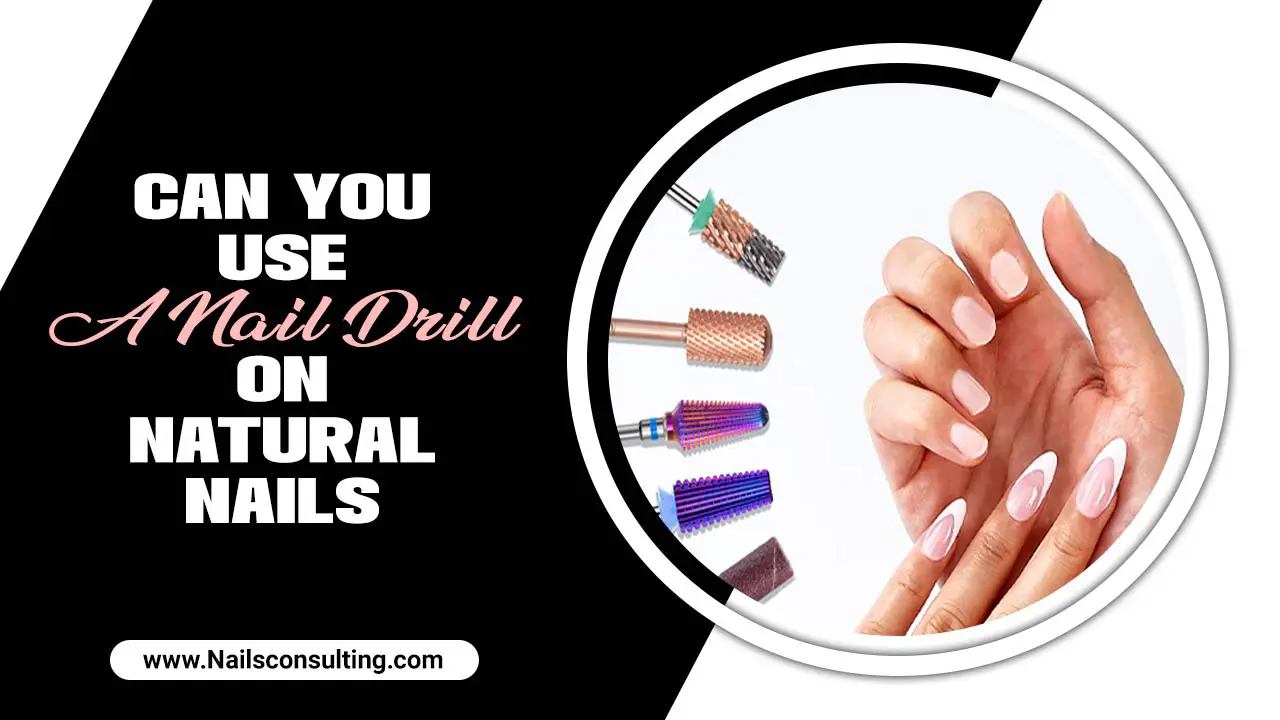
Can You Use A Nail Drill On Natural Nails? How To Use It Safely

Many people wonder whether using a nail drill on natural nails is safe. The answer to this question is not a simple yes or no, as it depends on several factors. A nail drill, an electric file, is commonly used in professional nail salons to shape and smooth artificial nails. However, when used improperly or with excessive pressure, it can cause damage to natural nails. When considering using a nail drill on natural nails.
It is crucial to consider the skill and experience of the person operating the tool. A trained and experienced nail technician will know the appropriate speed and pressure to apply, minimizing the risk of damage. Here, we give you some outlines to understand how to use a nail drill on natural nails.
1. Prepare Your Workspace
Regarding to using a nail drill on natural nails, it is essential to prioritize safety and ensure that your workspace is properly prepared. Before beginning the process, gather all the necessary tools and materials, including
- a nail drill with different attachments
- a dust mask
- nail files
- a disinfectant
Start by cleaning and sanitizing your workspace thoroughly. This includes wiping down any surfaces with a disinfectant solution to eliminate any potential bacteria or germs. It is crucial to maintain a clean and sterile environment to prevent infections or complications.
2. Choose The Right Drill Bit
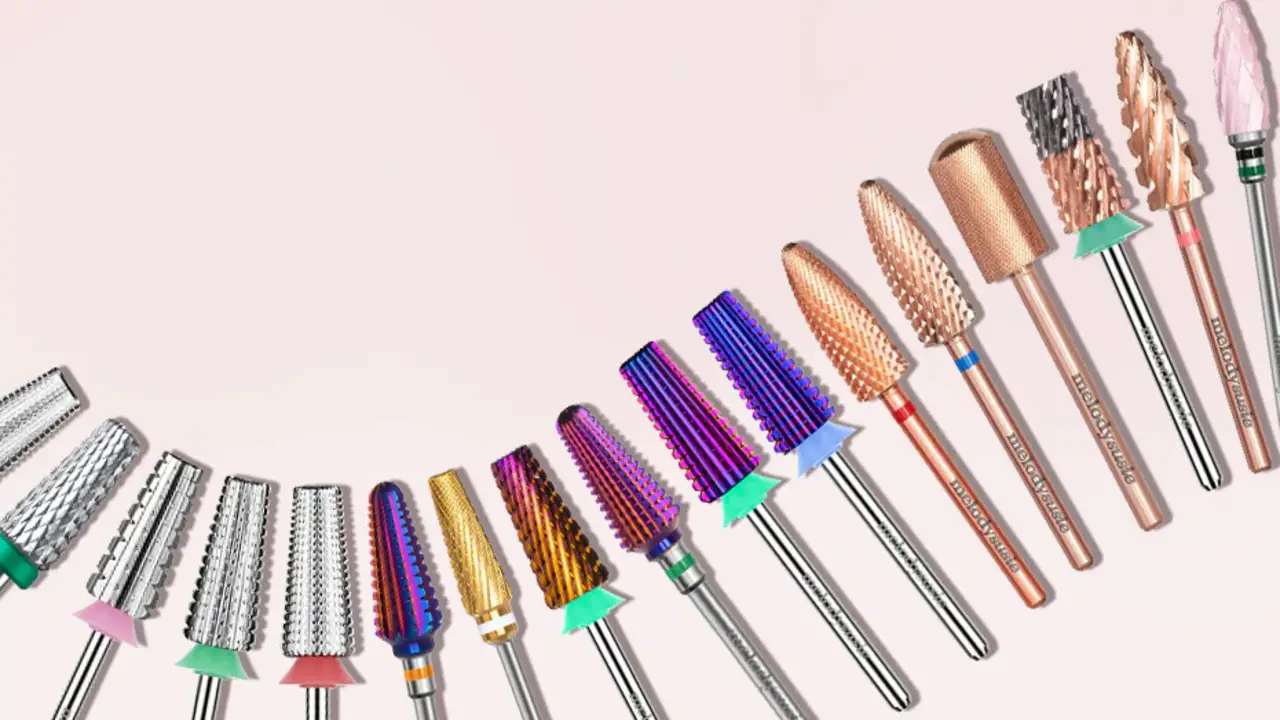
Regarding using a nail drill on natural nails, safety should always be a top priority. To ensure the best results and minimize the risk of damage, it is crucial to choose the right drill bit for the job. Selecting the appropriate drill bit not only ensures a smooth and efficient process but also protects the integrity of the natural nails.
Before using a nail drill, it is important to understand the different types of drill bits available. There are various options, such as ceramic, diamond, and carbide drill bits. Each type has its unique properties and advantages. Ceramic drill bits are gentle and ideal for gentle surface work.
Diamond drill bits, on the other hand, are known for their durability and ability to tackle tough nails. Carbide drill bits are versatile and suitable for both natural and artificial nails.
3. Start With Low Speed
One key element to remember is to start with a low-speed setting. This is essential to prevent damage or harm to the natural nail. Starting with a low speed allows for more control and precision when using a nail drill. It is important to remember that natural nails are delicate and can easily be damaged if too much pressure or speed is applied. Starting with a low speed, you can gradually increase the intensity as needed, ensuring the natural nail is not compromised.
4. Hold The Drill Properly
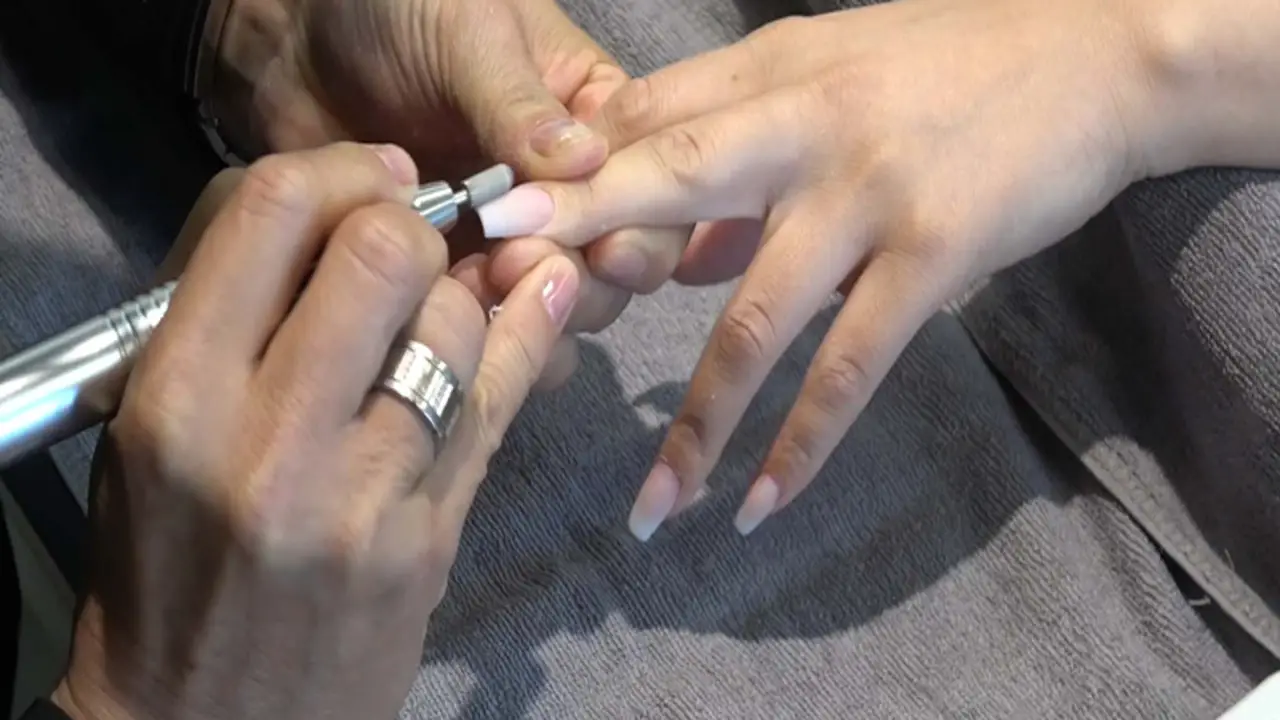
Time for using a nail drill on natural nails One key aspect to remember is holding the drill properly. By doing so, you can minimize any potential risks and ensure an effective and efficient nail drill experience. To hold the drill properly, first, ensure you have a firm grip on the device.
Hold it in a way that feels comfortable and secure in your hand. This will allow you to have better control over the drill’s movements and reduce the chances of accidents or mishaps. Next, position your hand and fingers in a way that provides stability and support.
Rest your non-dominant hand on a stable surface, such as a table or a nail technician’s workstation, while using the drill with your dominant hand. This will help maintain a steady hand and minimize unnecessary shaking or trembling.
5. Begin Filing Gently
To begin, it is imperative to file gently, ensuring the maintenance of the nail’s integrity and health. By doing so, the risk of damaging the natural nail plate is significantly reduced. To use a nail drill on natural nails safely, it is essential to familiarize oneself with the correct techniques. Start by choosing a low setting on the drill, as higher speeds can lead to excessive friction and potential damage.
Additionally, always use a fine-grit drill bit to minimize the risk of surface abrasion. Before initiating the filing process, it is advisable to prepare the nails by shaping them manually using a file. This step helps to establish the desired nail shape and length before employing the nail drill. When ready, hold the drill firmly, maintaining a steady hand throughout the procedure.
6. Keep The Drill Moving
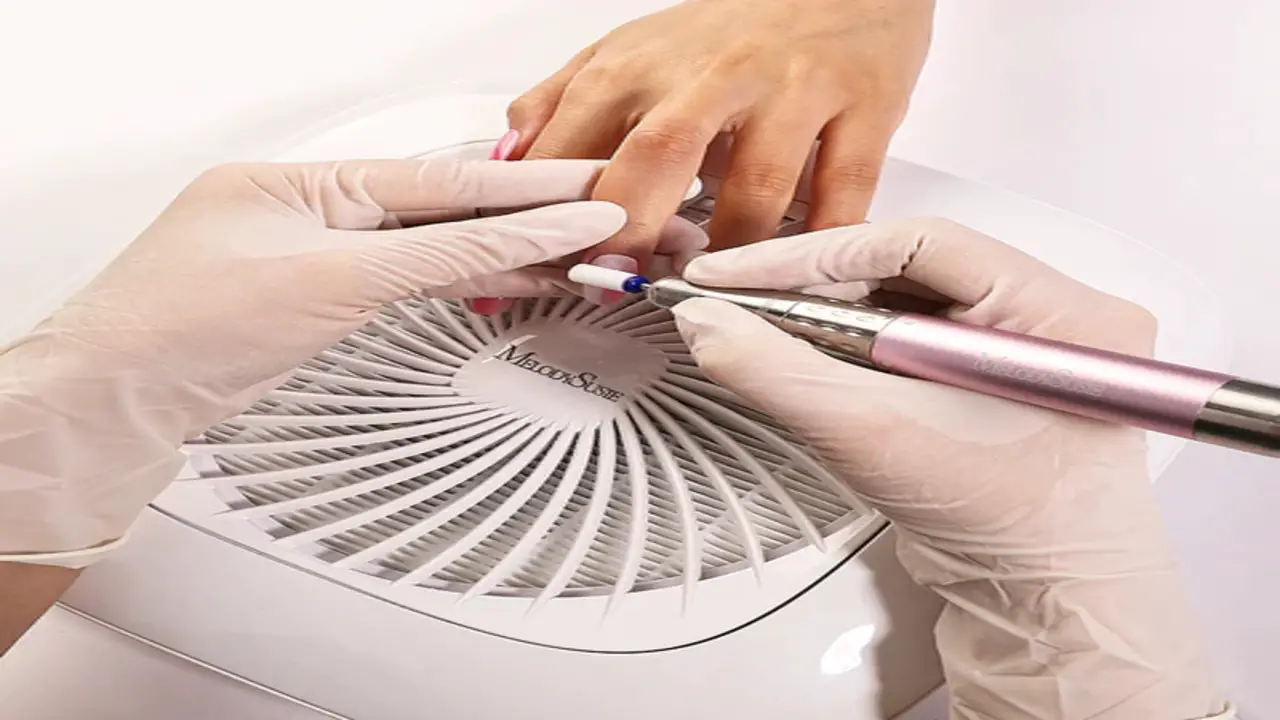
Regarding using a nail drill on natural nails, it is crucial to prioritize safety and proper technique. One key aspect to remember is to keep the drill moving. This means avoiding prolonged contact with any one area of the nail. However, it is important to remember that while using a nail drill, it is crucial to keep the drill moving.
This ensures a consistent and even result, preventing any potential nail damage. By constantly moving the drill, you avoid creating friction or heat buildup in one spot, which can lead to discomfort or even burns. Additionally, keeping the drill moving allows for a more controlled and precise application of pressure, resulting in a more polished and professional finish.
Do Nail Drills Damage Nails?
Nail drills have become a popular tool in the nail care industry. However, concerns regarding their potential damage to nails have arisen. Many individuals wonder whether using nail drills can adversely affect the health and integrity of their nails. It is essential to understand that when used correctly and by trained professionals, nail drills should not cause significant harm to the nails.
Nail drills are designed to efficiently and effectively shape and smooth the nails, making achieving desired nail styles and lengths easier. However, improper use or excessive pressure can lead to nail damage, such as thinning, weakening, or even nail bed injuries. To minimize the risk of damage, it is crucial to seek the services of licensed professionals who have received proper training in using nail drills.
Do You Need A Nail Drill For Acrylic Nails?
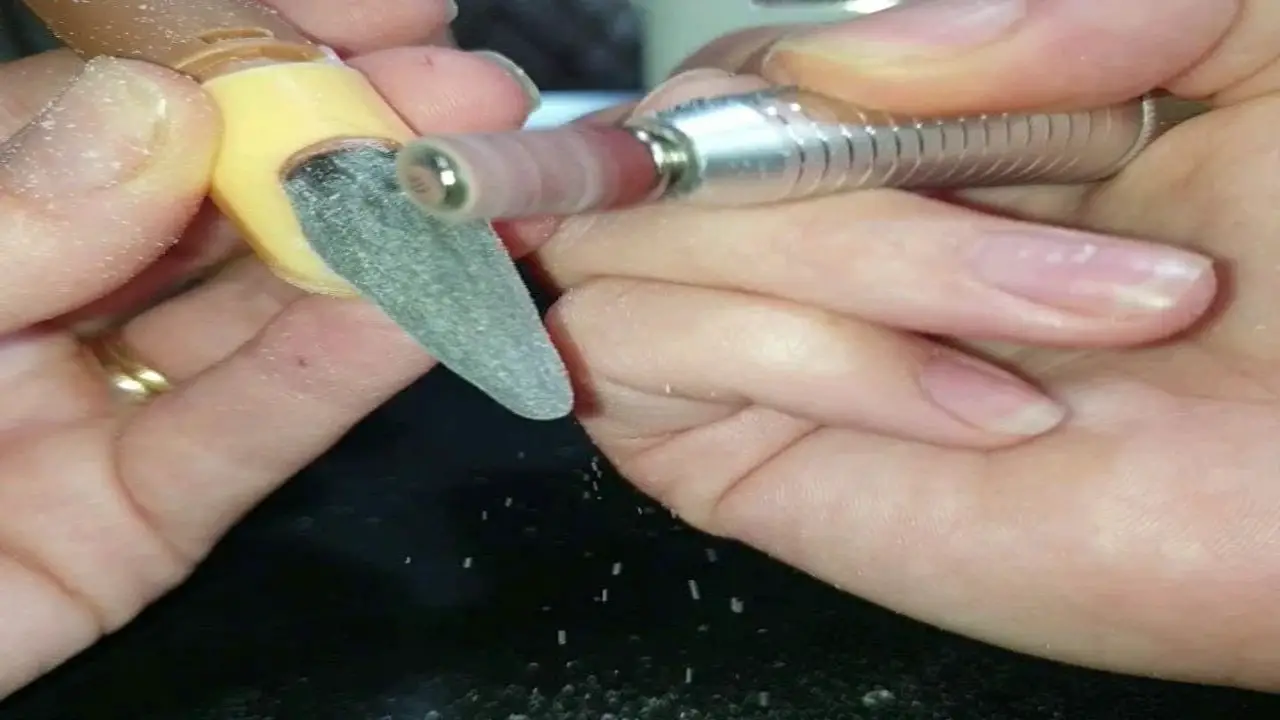
When you are an individual who frequently gets acrylic nails or someone who is considering getting them, you may have wondered if a nail drill is necessary for the process. The answer to this question is not a simple yes or no, as it depends on various factors.
Nail drills, also known as electric files, are powerful tools that can effectively shape and smooth acrylic nails. Professional nail technicians often use them to speed up the process and achieve precise results. However, it is important to note that nail drills are not essential for acrylic nails. Skilled technicians can still create stunning acrylic nails using traditional hand-filing techniques.
What Is The Best Nail Drill For Beginners?
There are several factors to consider when choosing the best nail drill for beginners. It is essential to prioritize safety and ease of use. Beginners should look for a nail drill with adjustable speed settings, allowing them to start slowly and gradually increase the speed as they gain more experience and confidence.
Additionally, a nail drill with a comfortable grip and ergonomic design will ensure that beginners can handle the tool with ease and precision.
- Compact size: Look for a nail drill that is small and lightweight, making it easier to handle and control for beginners.
- Adjustable speed settings: A nail drill with variable speed options allows beginners to start with slower speeds and gradually increase as they gain more experience.
- Low noise and vibration: Opt for a nail drill that operates quietly and has minimal vibration to ensure a comfortable and pleasant experience.
- Safety features: Look for a nail drill with built-in safety features such as overload protection and automatic shutoff to prevent any accidents or damage to the nails.
- Easy to use: Choose a nail drill that is user-friendly and comes with clear instructions or tutorials to help beginners understand how to use it properly.
- Versatility: Consider a nail drill with different attachments or drill bits, allowing beginners to perform various nail treatments and designs.
- Affordable price: For beginners, it’s advisable to choose a nail drill that offers good quality at a reasonable price, as they are still exploring and learning.
What Is The Best Way To Finish A Manicure After Using A Nail Drill On Natural Nails?
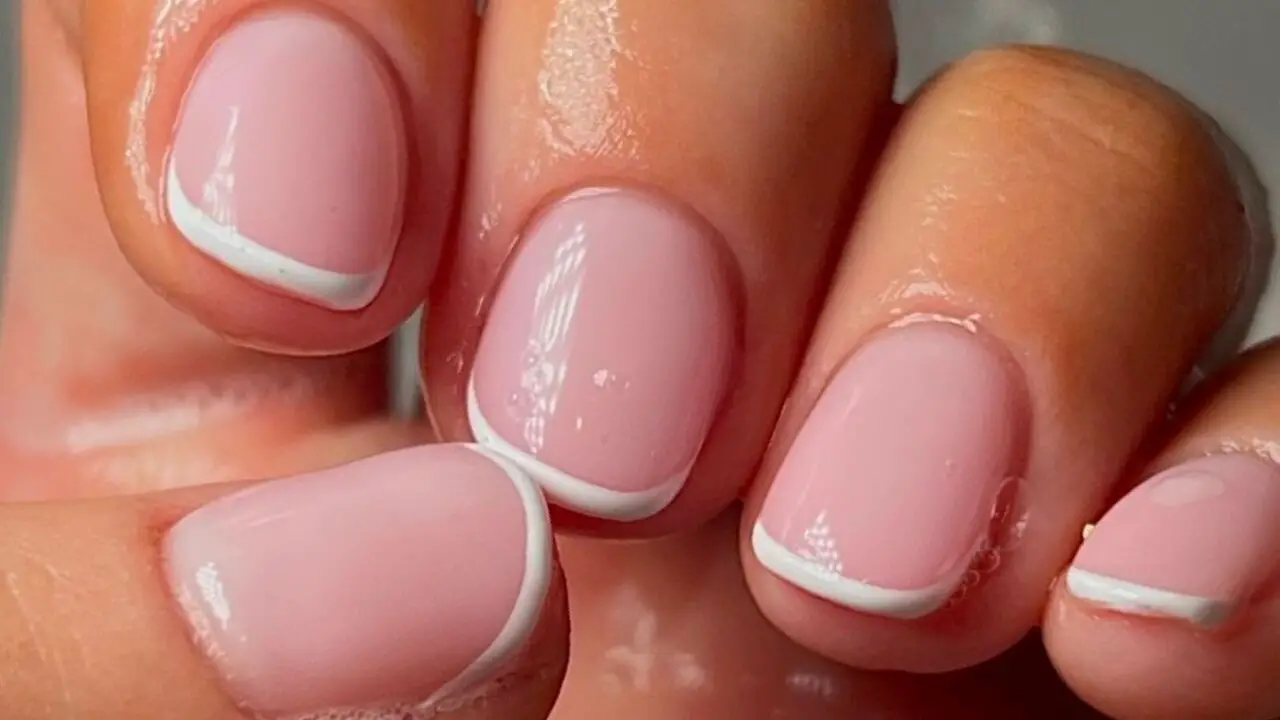
Regarding finishing off a manicure after using a nail drill on natural nails, following a few key steps is crucial to ensure a professional and polished result. Firstly, it is important to gently buff the nails with a fine-grit buffer to smooth out any rough edges or imperfections caused by the nail drill. This step helps create a smooth surface for the next steps in the finishing process.
After buffing, it is time to apply high-quality cuticle oil or cream to nourish the cuticles and surrounding skin. This step hydrates and softens the cuticles and adds a touch of shine to the nails, enhancing their overall appearance. Using a cuticle pusher or an orangewood stick, gently push back the cuticles to create a neat and clean nail bed.
What Other Tools Should Be Used With A Nail Drill On Natural Nails?
When using a nail drill on natural nails, it is important to remember that it should not be the only tool in your arsenal. While a nail drill can be incredibly useful for shaping and filing nails, other tools should be used to ensure the natural nail’s health and integrity. One such tool is a cuticle pusher or orange stick.
This tool is essential for gently pushing back the cuticles before using the nail drill. Doing so creates a clean and clear surface to work on, preventing any damage to the delicate cuticle area.
Is It Better To Use A Nail Drill Or Manual Files When Working With Natural Nails?
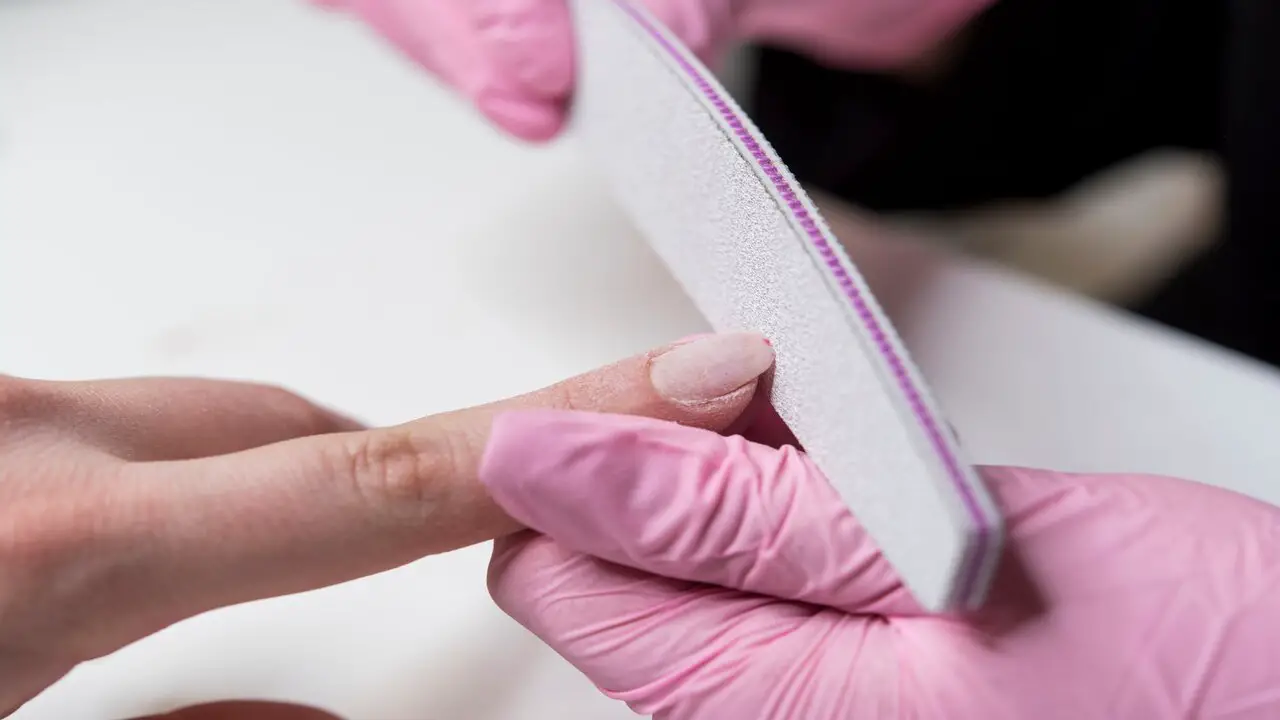
When working with natural nails, whether to use a nail drill or manual files often arises. Both tools have advantages and disadvantages, and the decision ultimately depends on the nail technician’s and client’s specific needs and preferences.
A nail drill, an electric file, offers several benefits. It allows for faster and more efficient nail shaping and filing. With adjustable speed settings, a nail drill can quickly remove excess length, shape the nails, and smooth out rough edges.
On the other hand, manual files have their own set of advantages. The choice between a nail drill and manual files depends on personal preference, skill level, and the client’s specific needs. Nail technicians need to weigh the pros and cons of each tool and consider factors such as nail type, desired outcome, and the overall health and condition of the natural nails.
Potential Risks Of Using A Nail Drill On Natural Nails
When considering using a nail drill on natural nails, it is crucial to acknowledge the potential risks involved. While a nail drill can be a convenient tool for shaping and refining nails, it must be used cautiously to avoid any adverse effects on the natural nail bed. One of the primary concerns of using a nail drill on natural nails is the potential for excessive filing or grinding.
- Damage to the nail bed: Using a nail drill on natural nails can damage the delicate nail bed. The high speed and pressure of the drill can cause the nail bed to become thin, weak, and prone to infections.
- Nail thinning: Excessive or incorrect use of a nail drill can result in the thinning of natural nails. This can make them more susceptible to breakage and peeling.
- Pain and discomfort: Improper use of a nail drill can cause pain and discomfort during the process. If the drill is used too aggressively or at high speeds, it can cause heat and friction, leading to discomfort and even injury.
- Nail infections: When a nail drill is not properly sanitized or used incorrectly, it can introduce bacteria or fungi into the nail bed, increasing the risk of nail infections such as fungus or bacterial growth.
- Nail damage and breakage: Using a nail drill on natural nails can cause excessive filing or buffing, resulting in weakened nails that are
Benefits Of Using Them On Natural Nails
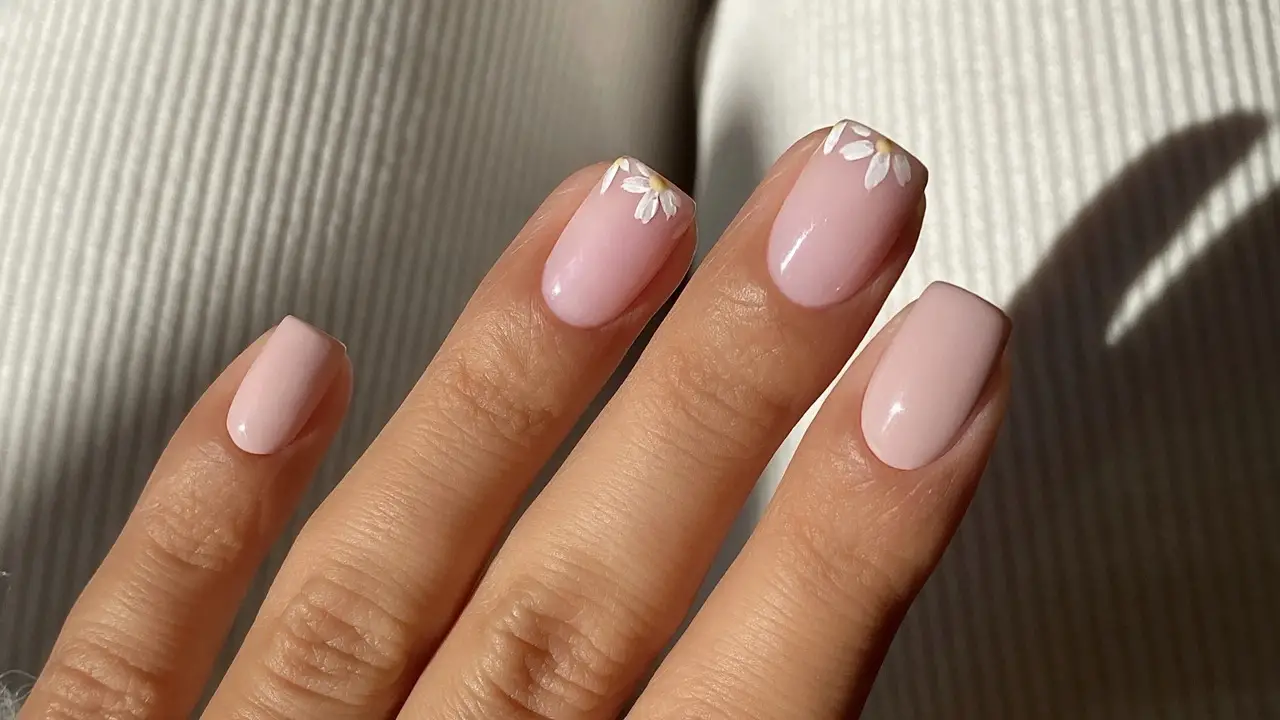
Understanding the benefits of using natural nail products is paramount in nail care and beauty. Natural nails are delicate and prone to damage if not properly cared for. Therefore, knowing the advantages of using products specifically designed for natural nails is crucial. One key benefit of using natural nail products is preserving nail health.
- Enhances the strength and durability of natural nails
- Provides added protection against breakage and splitting
- Creates a smooth and even surface for nail polish application
- Can help correct nail shape and length inconsistencies
- It offers a natural and polished look without the need for nail extensions
- Minimizes the risk of bacterial or fungal infections by providing a barrier
- Allows for longer-lasting manicures as the gel or acrylic coating helps to prevent chipping
- Provides an opportunity for nail art and design options
- Can be easily removed without causing damage to the natural nails with proper removal techniques
- Promotes nail health by allowing the natural nails to grow and breathe while maintaining a polished appearance.
Nail Drill Care Tips
The nail care industry’s proper maintenance and care of nail drills are paramount. Nail drills are essential for professionals to efficiently shape, file, and prepare nails for various treatments.
However, these tools can become less effective without regular care and maintenance and even pose risks to the technician and the client. Knowing nail drill care tips is vital for several reasons. Firstly, regular cleaning and disinfection of the drill helps prevent the spread of bacteria, fungi, and other pathogens.
- Always clean and sanitize your nail drill before and after each use.
- Use a soft brush or cloth to remove debris or dust from the drill.
- Avoid getting any liquids inside the drill, such as water or acetone, as it can damage the motor.
- Store your nail drill clean and dry to prevent dust or moisture from getting inside.
- Regularly inspect the drill for damaged or worn parts and replace them.
- Use lubricating oil or grease on the drill’s moving parts to keep it running smoothly.
- Follow the manufacturer’s instructions for properly maintaining and cleaning your specific nail drill model.
- Avoid applying excessive pressure while using the nail drill to prevent overheating or damaging the nails.
- If you’re unsure how to care for your nail drill properly, consult the user manual or manufacturer.
Conclusion:
While using a nail drill on natural nails is possible, it is important to use caution and have proper training or guidance. Nail drills can be a useful tool for shaping and maintaining natural nails. Still, it is crucial to understand the correct techniques and safety measures to avoid damaging the nail bed.
Whether you are a professional nail technician or someone who enjoys doing their nails at home, it is always best to prioritize the health and safety of your natural nails. With the right knowledge and care, a nail drill can be a valuable addition to your nail care routine. If you read the above information properly, we hope you understand can you use a nail drill on natural nails.
FAQs:
1.Can You Use A Nail Drill On Natural Nails Without Causing Damage?
Ans: Using a nail drill on natural nails is possible, but caution must be taken to avoid causing damage. A low-speed setting and gentle pressure is important to minimize the risk of thinning or weakening the nails.
2.What Are The Potential Risks Of Using A Nail Drill On Natural Nails?
Ans: A nail drill on natural nails can result in thinning, splitting, or even nail bed damage if not done properly. Regarding maintaining the health and appearance of our natural nails, it’s important to tread carefully. One wrong move, such as using a nail drill without proper knowledge and technique, can result in disastrous consequences.
3.Are There Any Alternatives To Using A Nail Drill On Natural Nails?
Ans: Alternatively, methods exist, like using a nail file or buffer to shape and smooth natural nails without causing harm. Numerous options are available for shaping and smoothing natural nails without causing any harm.
4.Can A Professional Nail Technician Use A Nail Drill On Natural Nails Safely?
Ans: With proper training and expertise, a professional nail technician can use a nail drill on natural nails with caution, minimizing the risk of damage. However, opting for less invasive methods is still advised when possible.
5.What Are The Benefits Of Using A Nail Drill On Natural Nails?
Ans: When used correctly, a nail drill can help shape and smooth natural nails, saving time and effort compared to manual filing. It can also be useful for removing old polish or gel and prepping the nail surface for enhancements.

